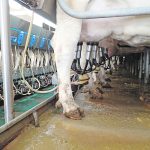Among the more weird and wonderful pathogens that infect animals are the poorly understood algae known as Prototheca (pronounced proto-thee-ca). At about 20 micrometres in diameter (about half the width of a human hair), these are tiny beings. Related to green algae, Prototheca have lost their chlorophyll and thus have no ability to produce energy […] Read more
Tag Archives Animal Health column
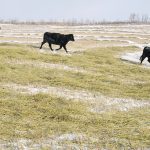
IBR abortion storms tough to deal with but preventable
I had a conversation with a veterinarian recently who was trying to deal with an abortion storm in a client’s cow-calf herd. The producer had seven cows abort and most of these abortions were occurring at about six to seven months of gestation. A fetus was submitted to the diagnostic laboratory and it showed signs […] Read more
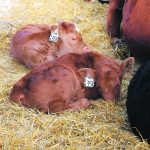
Birth of twin calves can bring management challenges
When talking to producers on the Prairies about calf twins, most agree it can be a blessing if they get two live twins. However, it is a curse if the two calves are born dead. There are also many management challenges that must be considered when dealing with twins, such as the health of the […] Read more
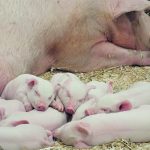
Getting to the bottom of pelvic organ prolapses in sows
In a previous article, I discussed sow mortality as a significant welfare concern and economic cost to many modern swine operations. Each sow mortality can have upwards of $1,500 in real or opportunity costs associated with it. A 2019 survey of more than 400 sow farms in the United States found that 0.3 to 10.3 […] Read more
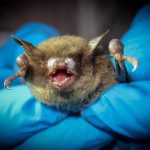
Deadly fungus threatens bat population as it reaches Alberta
The fungus that causes a deadly infection called white nose syndrome in wild bats has been detected in Alberta for the first time this winter. Samples of bat guano from the southeastern portion of the province tested positive for the fungus. Similar guano-sampling efforts led to the identification of the fungus in several areas of […] Read more
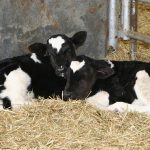
Livestock producers must watch for zoonotic diseases
Cryptosporidia and giardia are two intestinal parasites that can cause diarrhea in both people and calves. These parasites are single-celled organisms (protozoa) and Cryptosporidium is a common cause of diarrhea in both beef and dairy calves under a month of age. Young children, pregnant woman, and immune-compromised adults who are infected can have severe diarrhea […] Read more
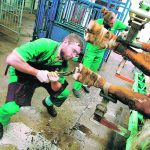
Potential lameness solutions start with trimming
If you calve in early spring, it brings cows closer to the farmyard and that’s when individual cow problems become more obvious. Lameness is a common problem and now is a good time to attend to it. If a hoof trimmer is brought in, lameness can be more easily identified and treatments can be started. […] Read more
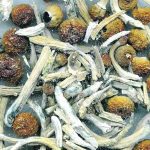
Future potential of psychedelics in animals
Headlines about psychedelics seem to be everywhere these days. There is even a Netflix documentary out called How to Change Your Mind. Growing research suggests that psychedelic substances could treat a variety of intractable and challenging mental health conditions in people, such as severe depression, post-traumatic stress disorder and substance use disorders. For individuals with […] Read more
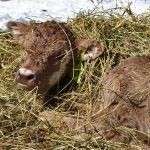
Deer liver fluke can damage liver in fetus, newborn calf
There are several liver flukes that can affect cattle, and although they are not a common parasite in Western Canada, producers and veterinarians should be aware that they can occur. The most common liver fluke in Western Canada is the giant liver fluke, which is also known as the deer liver fluke. Its scientific name […] Read more
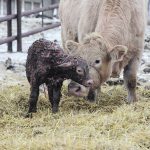
Solutions available for common calving malpresentations
Calving problems have been greatly reduced over the years but there are still issues we can’t control. One of these issues is malpresentations of the fetus. Some cows can deliver a calf with a foot back, but these are rare and most cows require birthing assistance. Producers must maintain sharp observational skills to know when […] Read more

